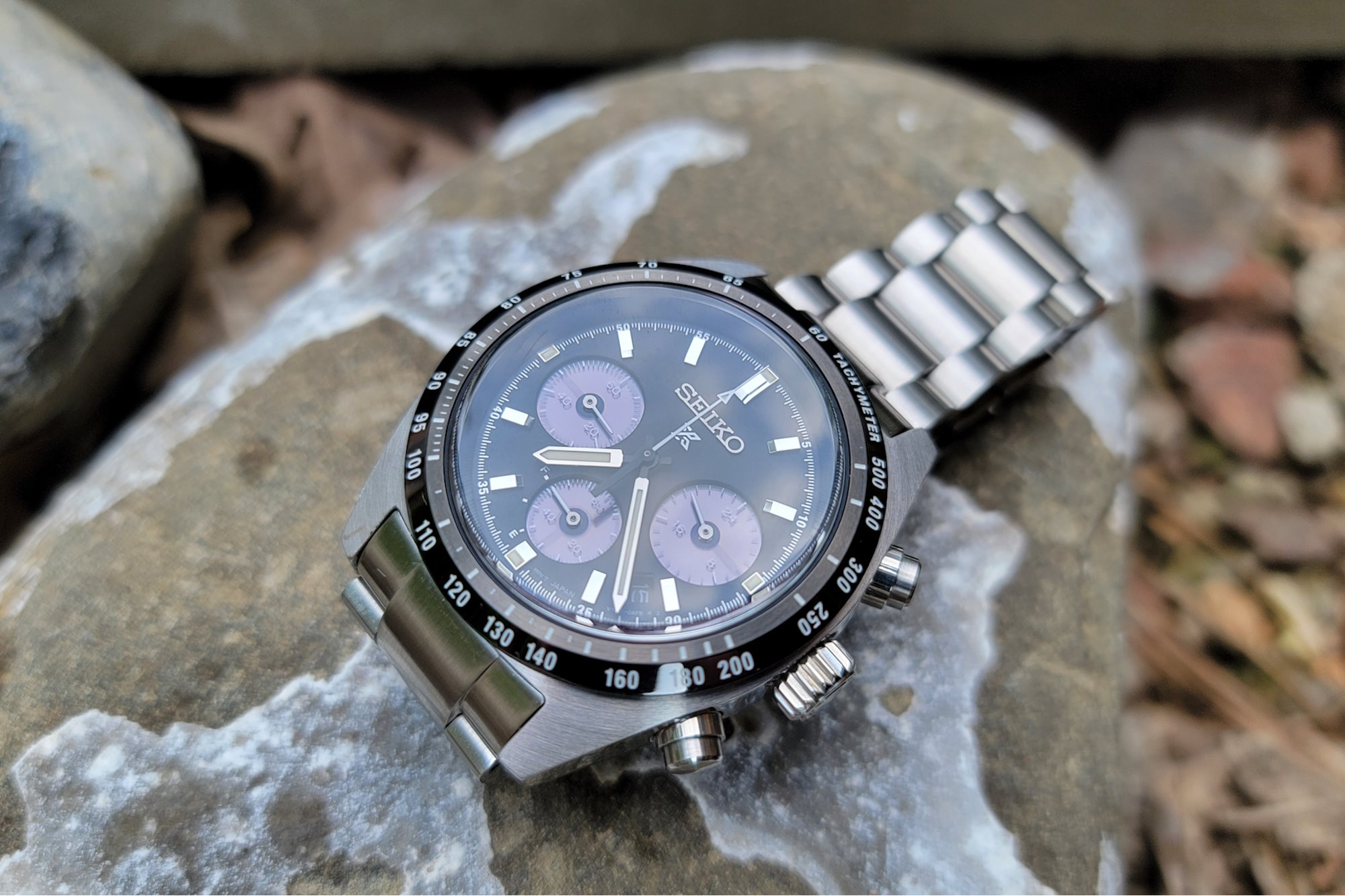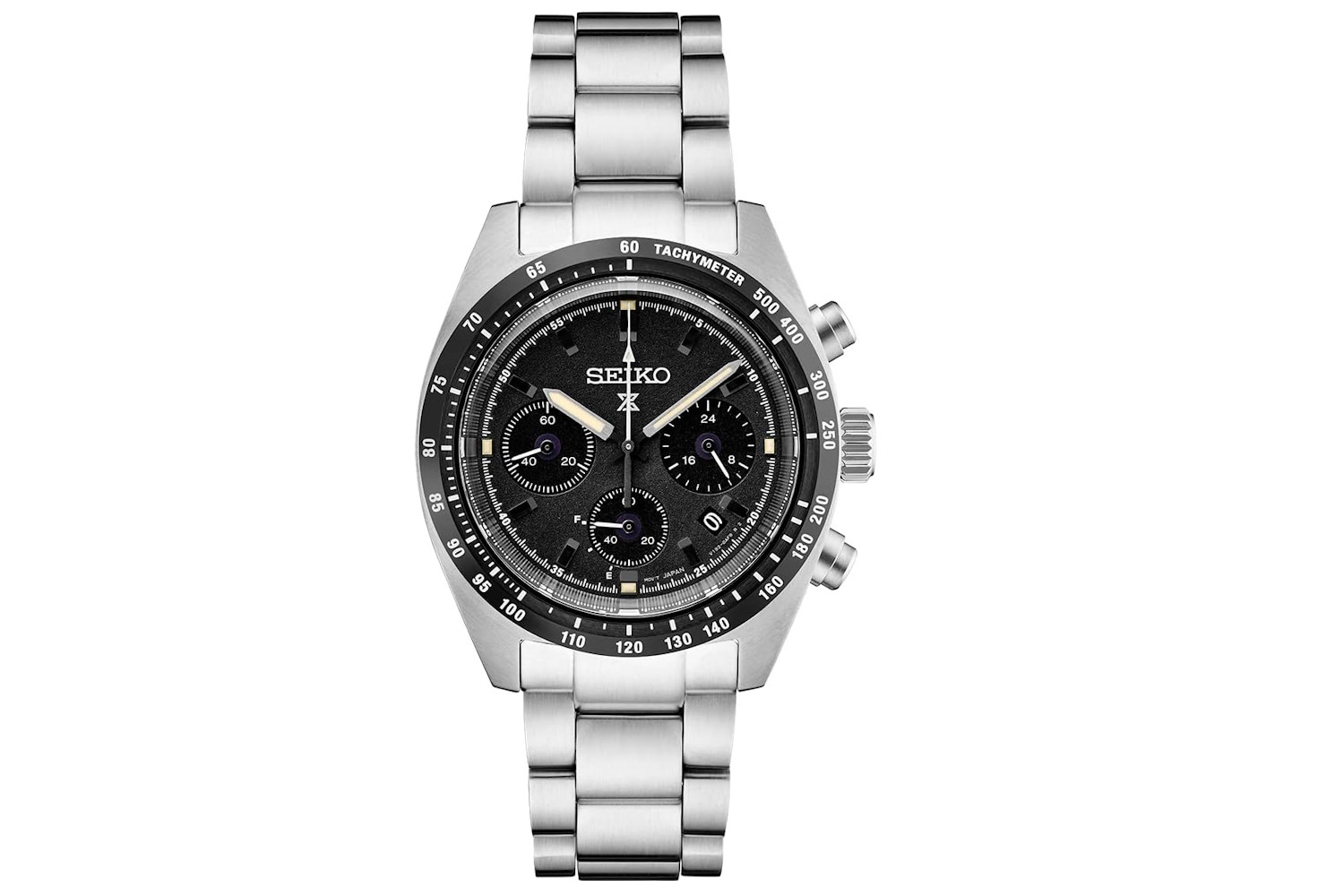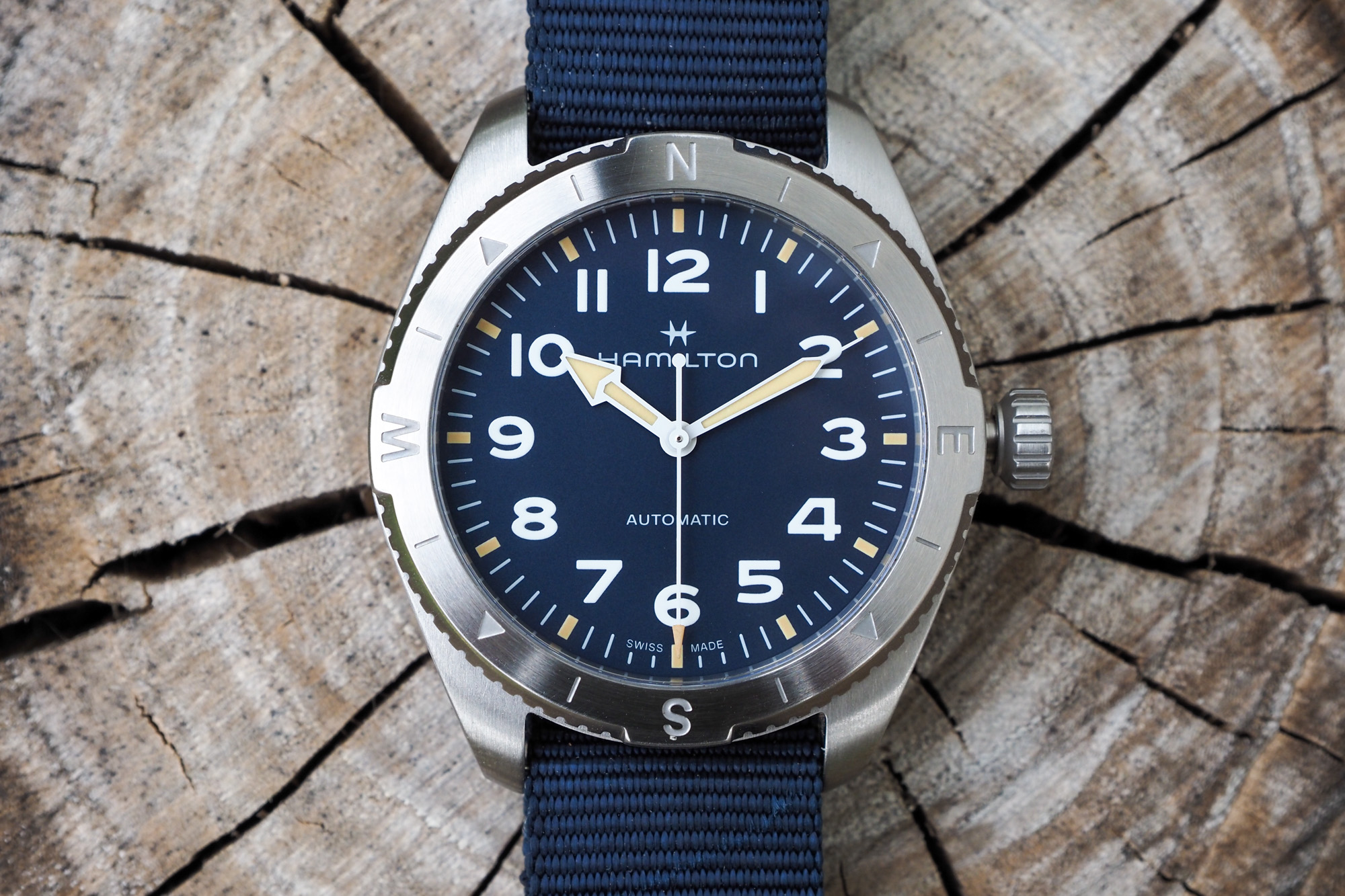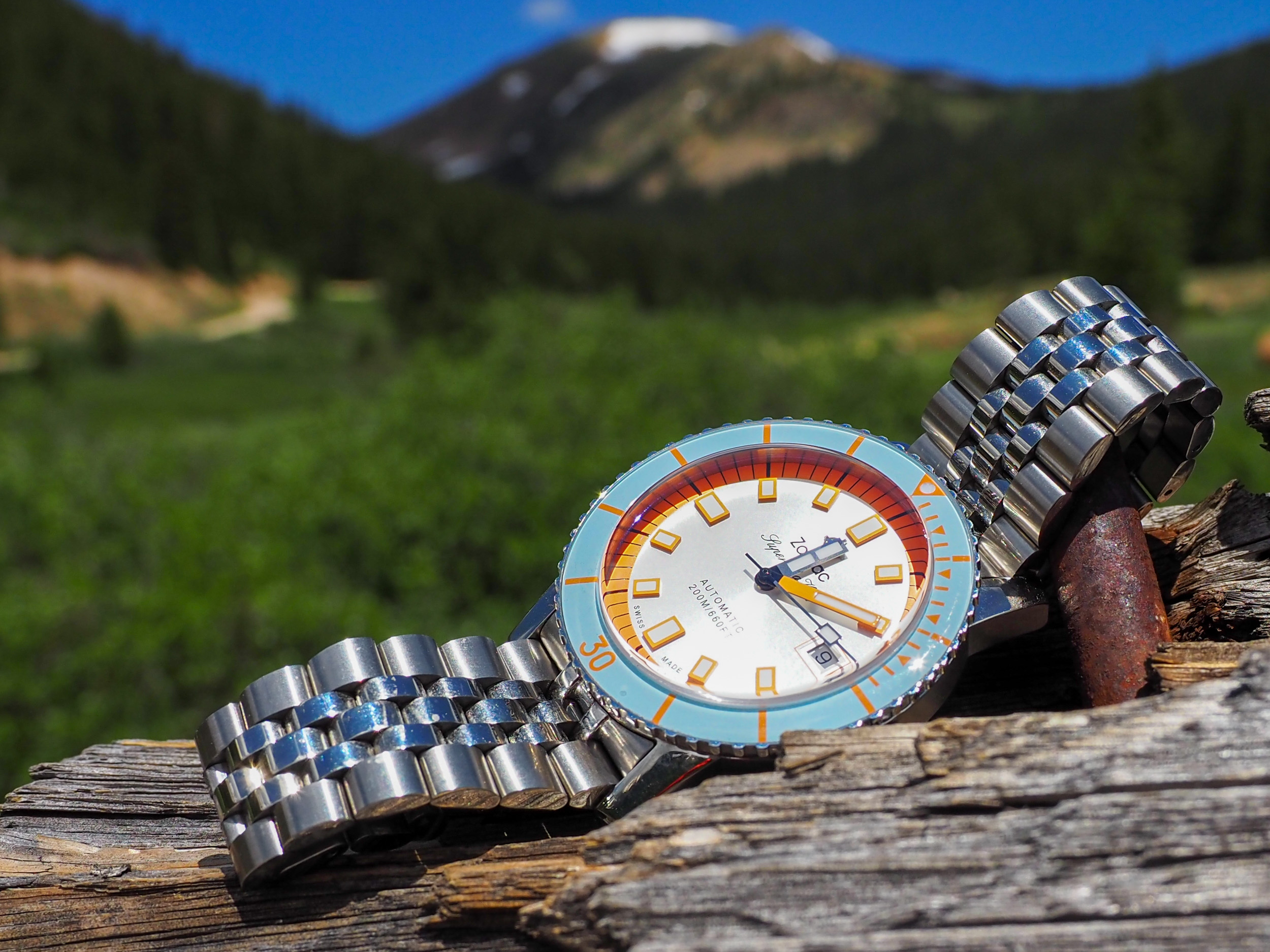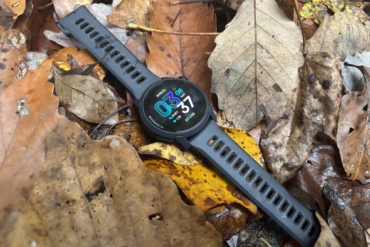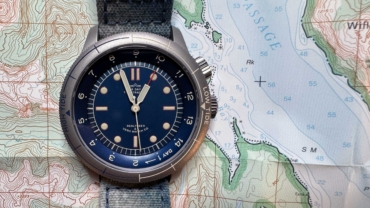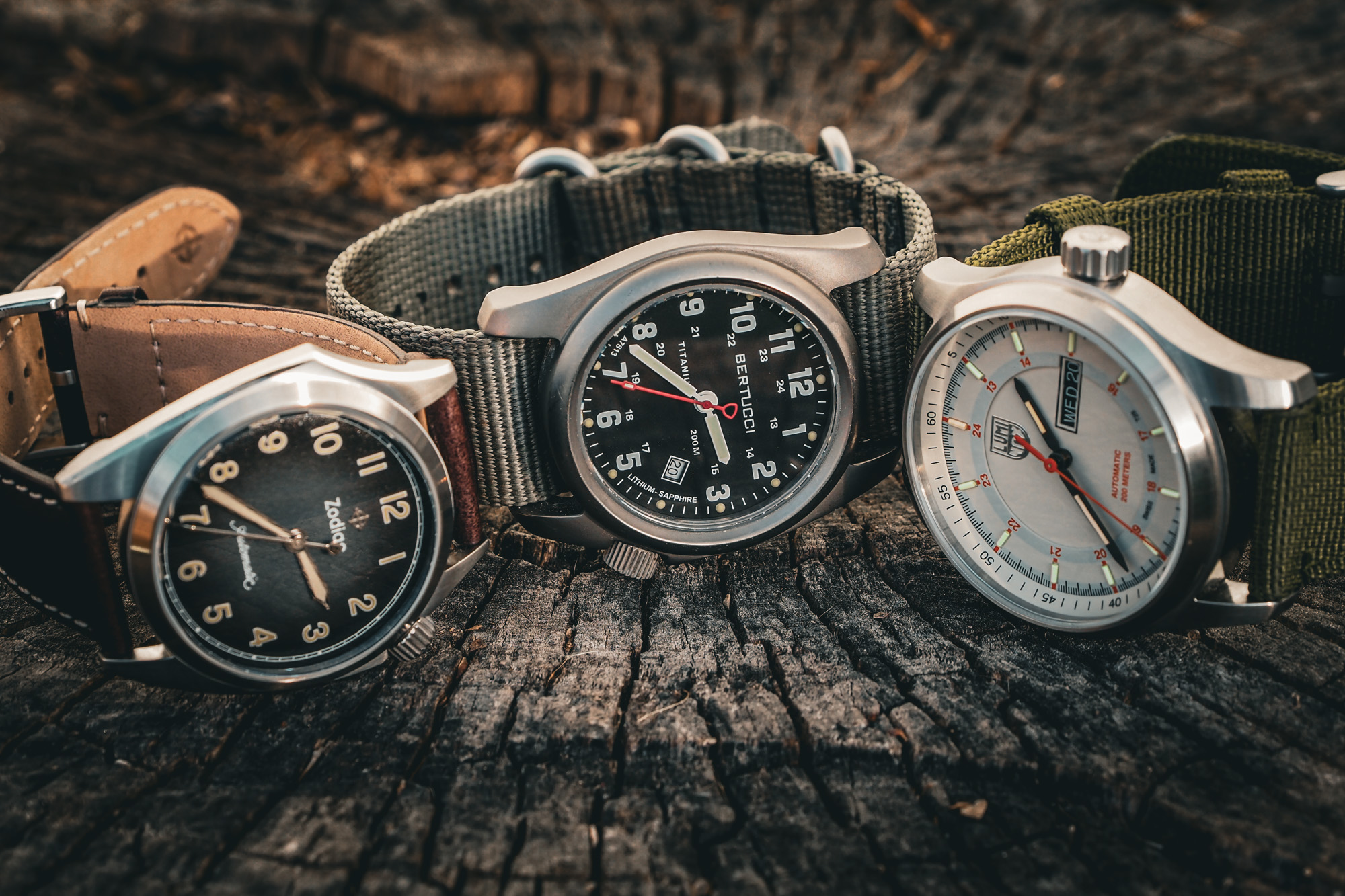Let me start by saying, I’m not exactly a Seiko fan. For all its history, industry impact, and iconic timepieces, Seiko remains one of those brands that (in my subjective opinion) charges more while delivering less. And it’s not like I haven’t given the Japanese watchmaker a shot. Three Seiko watches have passed through my collection — two automatics and a storied solar, each long since bought and sold.
So how did the Seiko Prospex Speedtimer Solar ($540), a quartz watch from a company I generally distrust, manage to catch me by the purse strings? It didn’t happen quickly; I saw these models floating around for a while and had largely written them off.
But something about the bezel and handset lodged in the back of my brain. Every time I scrolled past one online, the shiny indices and triple sub-dials began to look better and better.
So, when I found myself in the market for something different than the divers and digitals that generally clutter my watch box, the Prospex model floated back to the surface. After considerable debate on the color scheme, I settled on the SSC819 model shown here. Two months later, I can report that, unlike its brothers before, this one may be around to stay.
In short: While not a home run, the Seiko Prospex Speedtimer Solar delivers a triple threat of form, function, and charm. Its looks and capability live up to the professional billing, with a price tag that feels shockingly justified. The LumiBrite application underwhelms, and the bracelet will hit or miss depending on your wrist, but the positives outstrip the negatives by a country mile.
- Case size: 39mm
- Case height: 13.33mm
- Lug-to-lug: 45.5mm
- Weight: 161g
- Water resistance: 100m
- Movement: Seiko V192 Solar Chronograph
- Crystal: Sapphire
- Bracelet: Stainless steel, 20mm width
Pros
- Sharp looks, clever design, solar power, professional build
Cons
- Sparse lume, bracelet uses pins and lacks sufficient micro-adjustments, slightly tall chassis
Seiko Prospex Speedtimer Solar Review
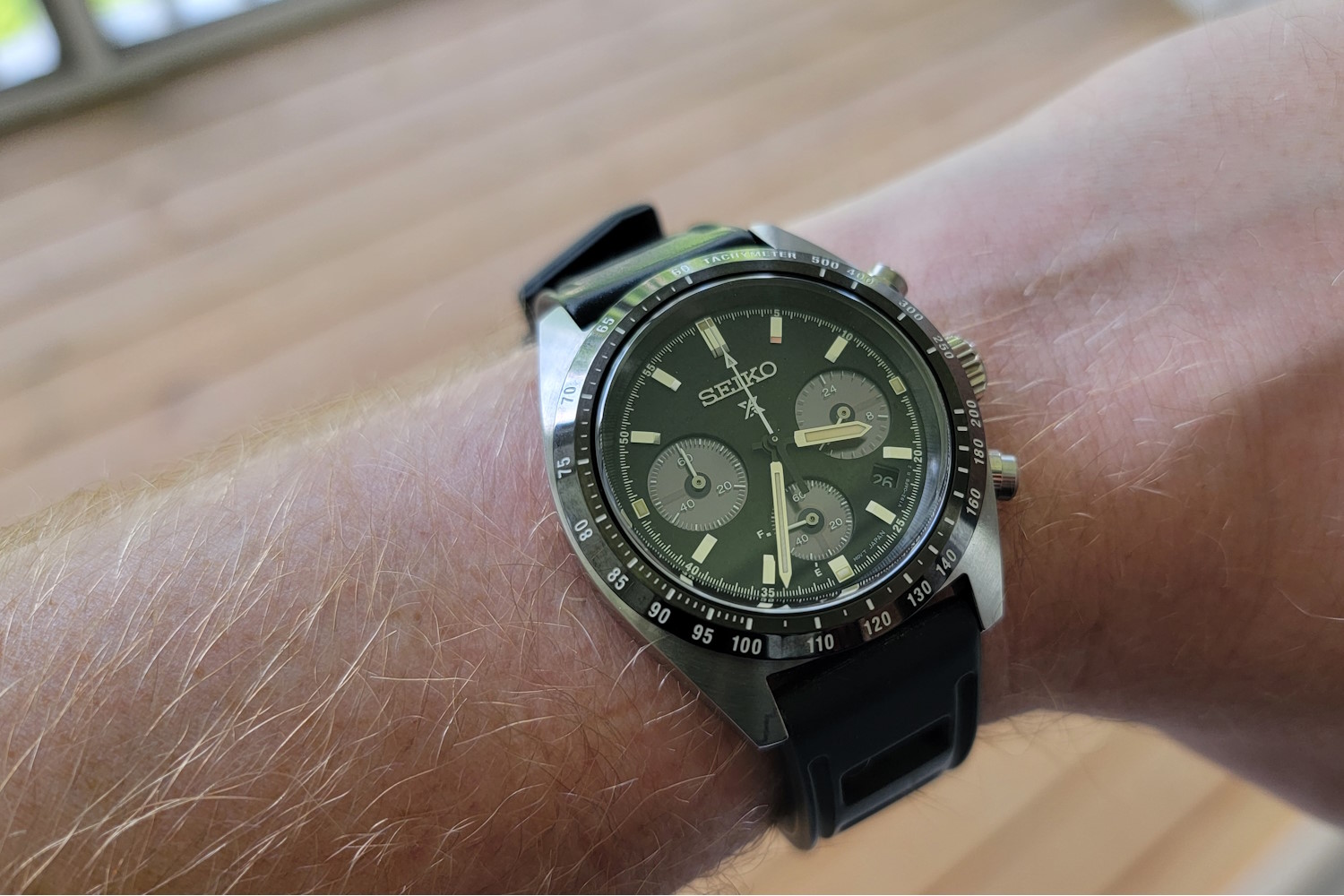
Let’s cover the basics before diving into the details. What we have here is a well-sized, thoughtfully designed tool watch with a 39mm stainless steel case and bracelet (20 mm at the lugs), topped by a subtly domed sapphire crystal with an inner anti-reflective coating.
There’s a date window that can be set using the unthreaded crown and a 60-minute chronograph operated by the traditional pushers. The tri-fold clasp utilizes a push-button release, and there’s a spattering of LumiBrite on the hands and indices.
It rides a bit high and heavy (13.3 mm and 161 g), but the overall impression here is one of quality materials assembled in a mostly attentive fashion.
The watch looks good, wears with some gravitas, and is highly legible (unlike some watches with specialized functions).
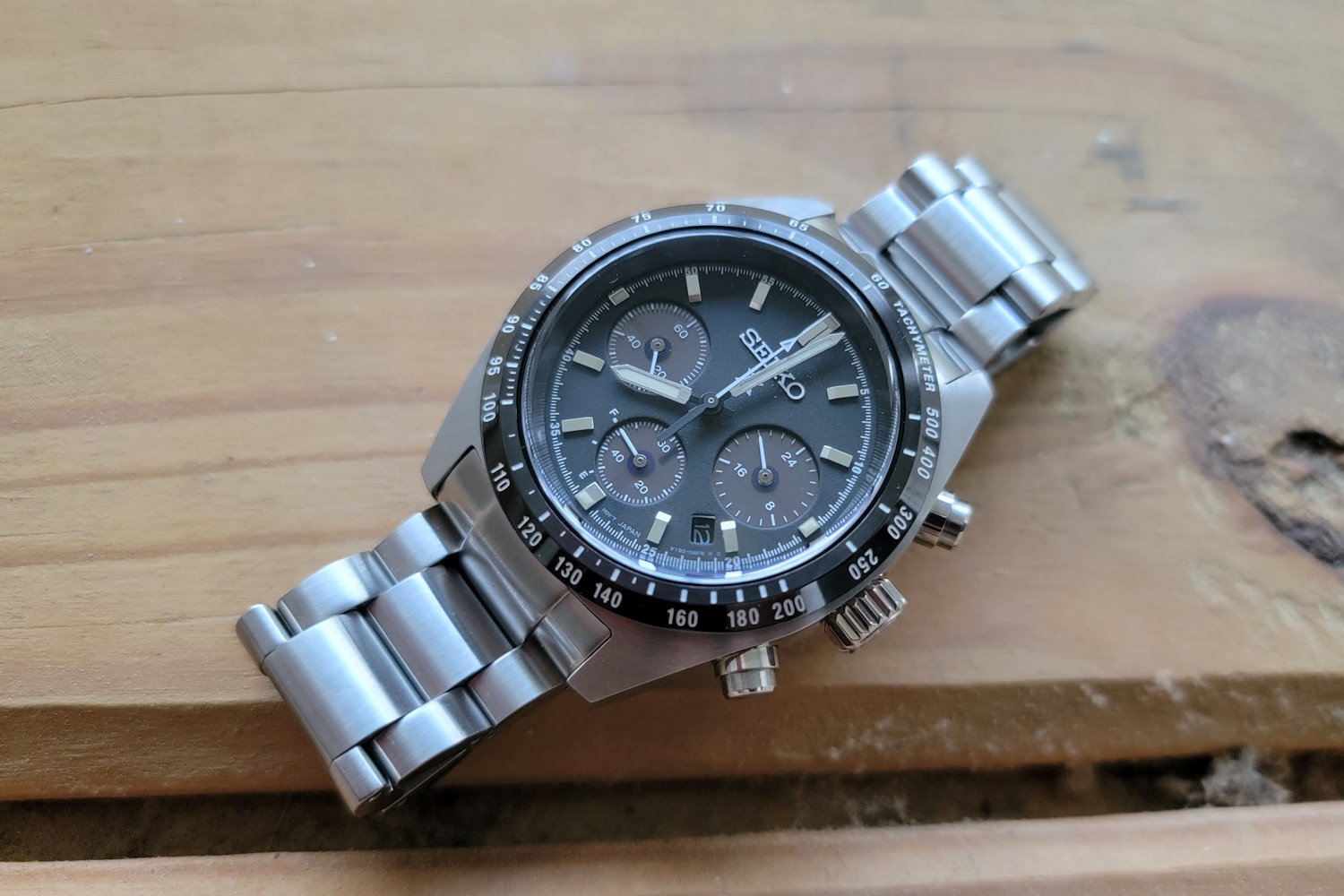
The party trick for this Prospex is the tachymeter, a complication that puts the speed in Speedtimer. See those numerals around the outer bezel? They can be used to compute all types of things, but miles or km per hour is generally the most practical.
By starting and stopping the chronograph when setting off and completing a trip over a fixed distance, the long hand of the chrono will indicate your average pace. This is one of those concepts that’s better demonstrated visually, and Seiko has a handy video covering the basics.
How useful is this, in reality? Not very, at least in my current line of work. But it’s a popular computation for automotive, aeronautic, and even spaceflight enthusiasts, and a fun bit of capability to wear on your wrist.
The Solar Experience
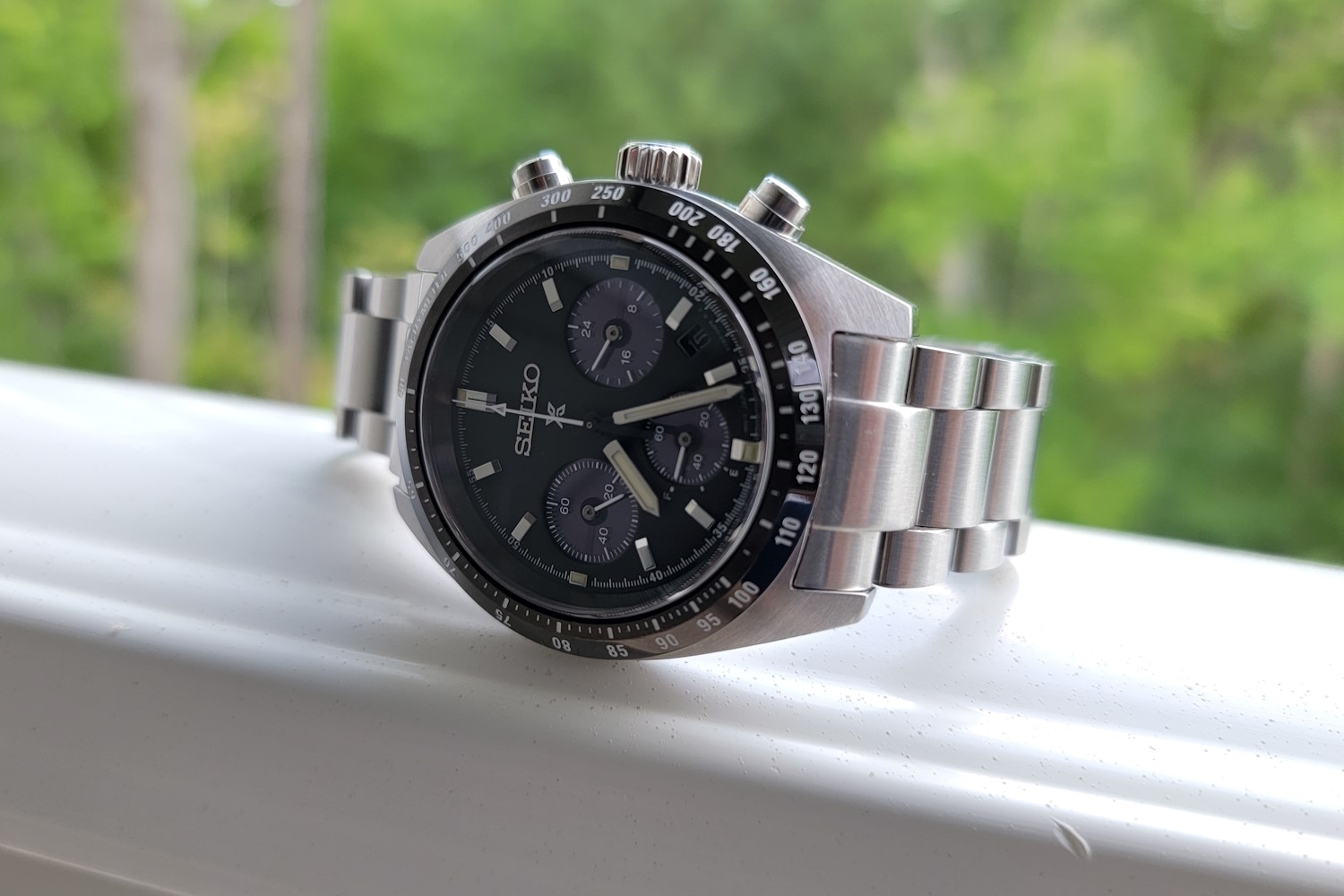
While I enjoy the charm and craftsmanship of mechanical watches, solar-powered modules offer the least amount of headaches. And Seiko’s V192 movement is definitely a treat.
It’s a bit tall, as demonstrated by the thick case, but the mechanism offers a 6-month power reserve, the aforementioned 60-minute chronograph function, a 24-hour subdial, and a date window. The solar panels themselves are incorporated into the subdials and provide just a hint of purplish color. This, along with the integrated power gauge, provides a sense of no-nonsense security.
A main spring can wind down, and a normal quartz battery could fail at an inopportune time. But all you need to keep your solar watch running is a few minutes in the sun. It’s like a houseplant, except without the whole “watering” thing.
But should your Speedtimer find itself caught in a passing shower, the model’s 100m of water resistance will be more than up to the task. This kind of rating is generally suitable for all manner of daily chores, as well as dip in the pool afterward.
Problems Real and Imagined
I went into this review expecting trouble. Yet, most of my anticipated issues simply never materialized. Take the seconds subdial, for instance. On other chronos I’ve owned or tested, this component is generally located at the 6-o’clock position.
The Speedtimer’s seconds tick off at 9 o’clock, and I figured it would take a while to get used to the difference. But the eye draws naturally to the circle with the moving hand, so this turned out to be fine.
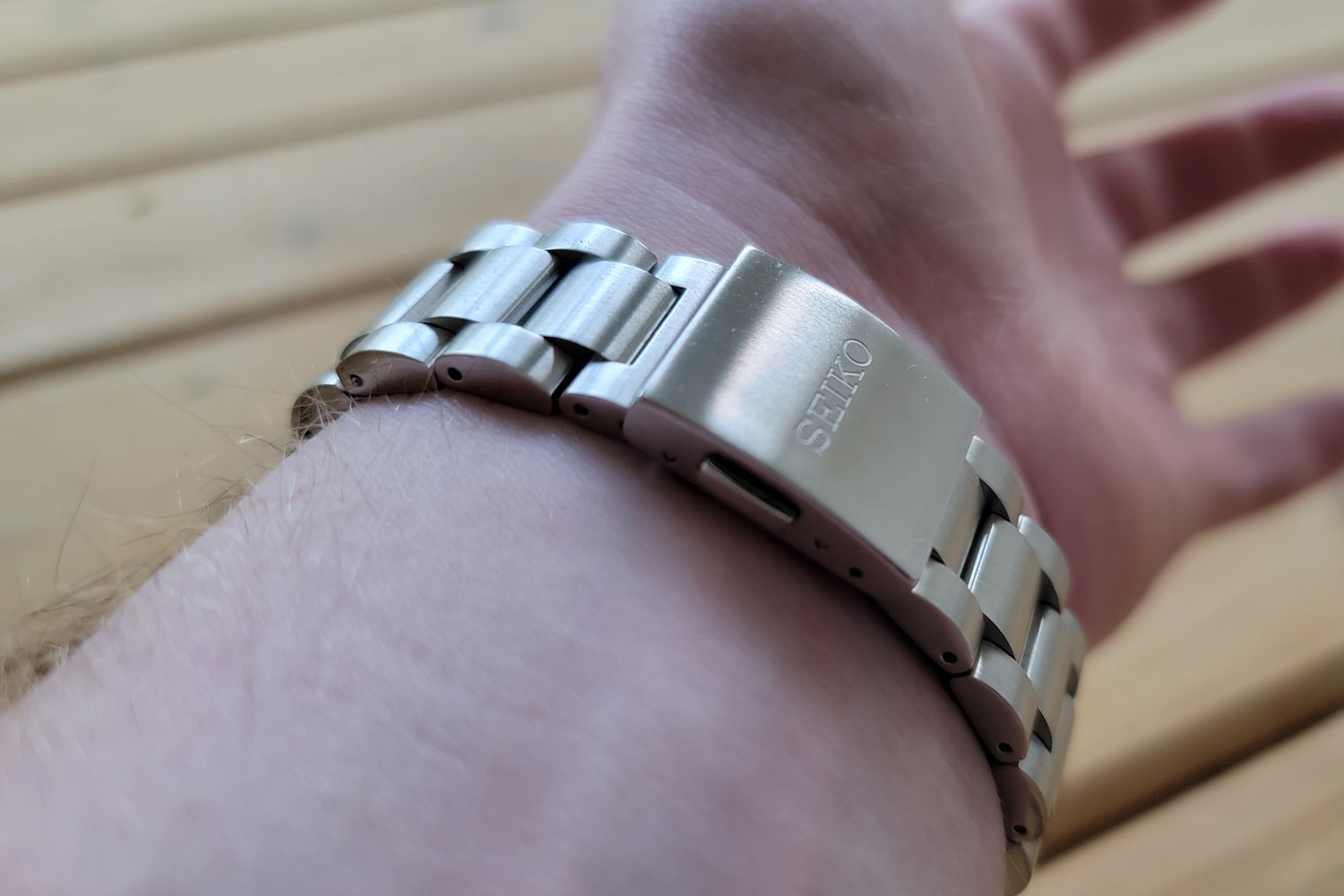
Then there’s the bracelet. With its pinned links and only two (two!) micro-adjust spots in the clasp, I genuinely expected the worst. Yet, somehow, I got lucky. While it lacks the adaptability of the quick adjustment found on the Raven Endeavor II, the Speedtimer’s bracelet fits my wrist perfectly. So much so that it’s become one of only two watches I prefer to wear with the stainless in place, as opposed to a rubber or fabric strap.
I do have a problem with the spare application of lume. The hands shine brightly, and the color that glows from the few painted indices is particularly pleasing. Too bad it’s limited to indices at the cardinal positions. This smells of cost-cutting on Seiko’s part, and it’s not an odor I’m fond of.
Drilling down, the 24-hour subdial is questionably useful, but its absence would throw off the symmetry. I’ve seen other reviews that complain about the depth of the date window — from certain angles, it can be difficult to tell the difference between similar numerals.
But my final complaint with this watch is actually very small, in a physical sense. It’s so diminutive that I’m not sure the photos will capture the effect. In its resting position, the chronograph’s second hand sits just a fraction of a millimeter off-center.
Functionally, this makes no difference, and you really have to stare to see it. But it’s something I was looking for, as Seiko’s issues with alignment and quality control are a known commodity.
Conclusion: Seiko Prospex Speedtimer Solar Review
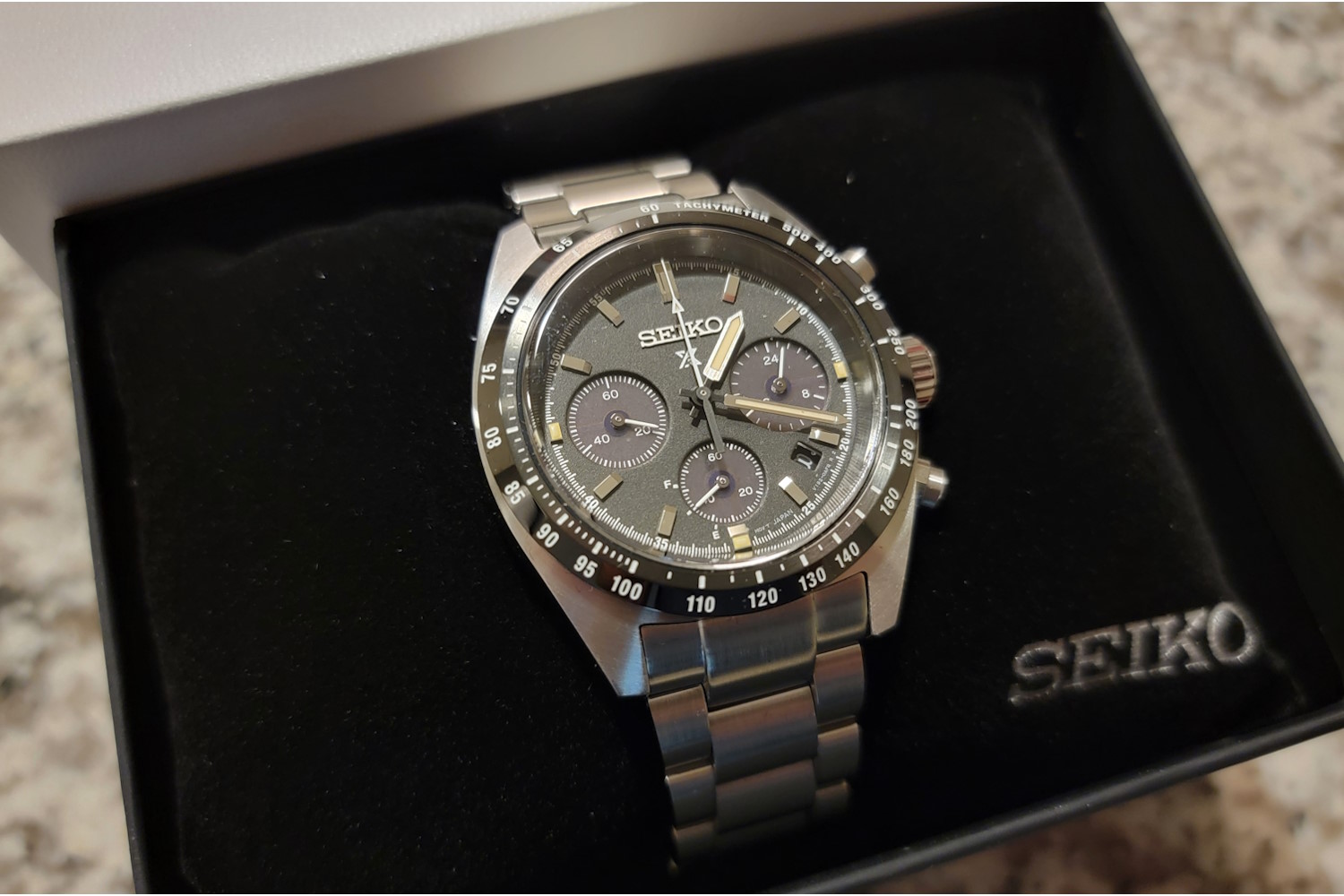
I’m (generally) a big enough person to admit when I’m wrong. And while I stick by my conviction that Seiko overprices and underdelivers with its low to midrange models, I’ve found the Prospex Speedtimer to be surprisingly compelling. From its sharp looks to its outstanding functionality, there’s so much to like here that the $540 price tag manages to feel justified.
The bracelet, as usual for Seiko, will be a sticking point for some. And the limited application of lume smacks a bit of cost-cutting. But outside of these nitpicks, the overall effect is a watch that’s more than the sum of its parts. It looks and feels like a professional tool, offering a rare crossover of both broad and specialized appeal.
If you’re hunting for solid value in the field of sporting or professional timepieces, Seiko’s Prospex Speedtimer Solar has earned its day in the sun.
